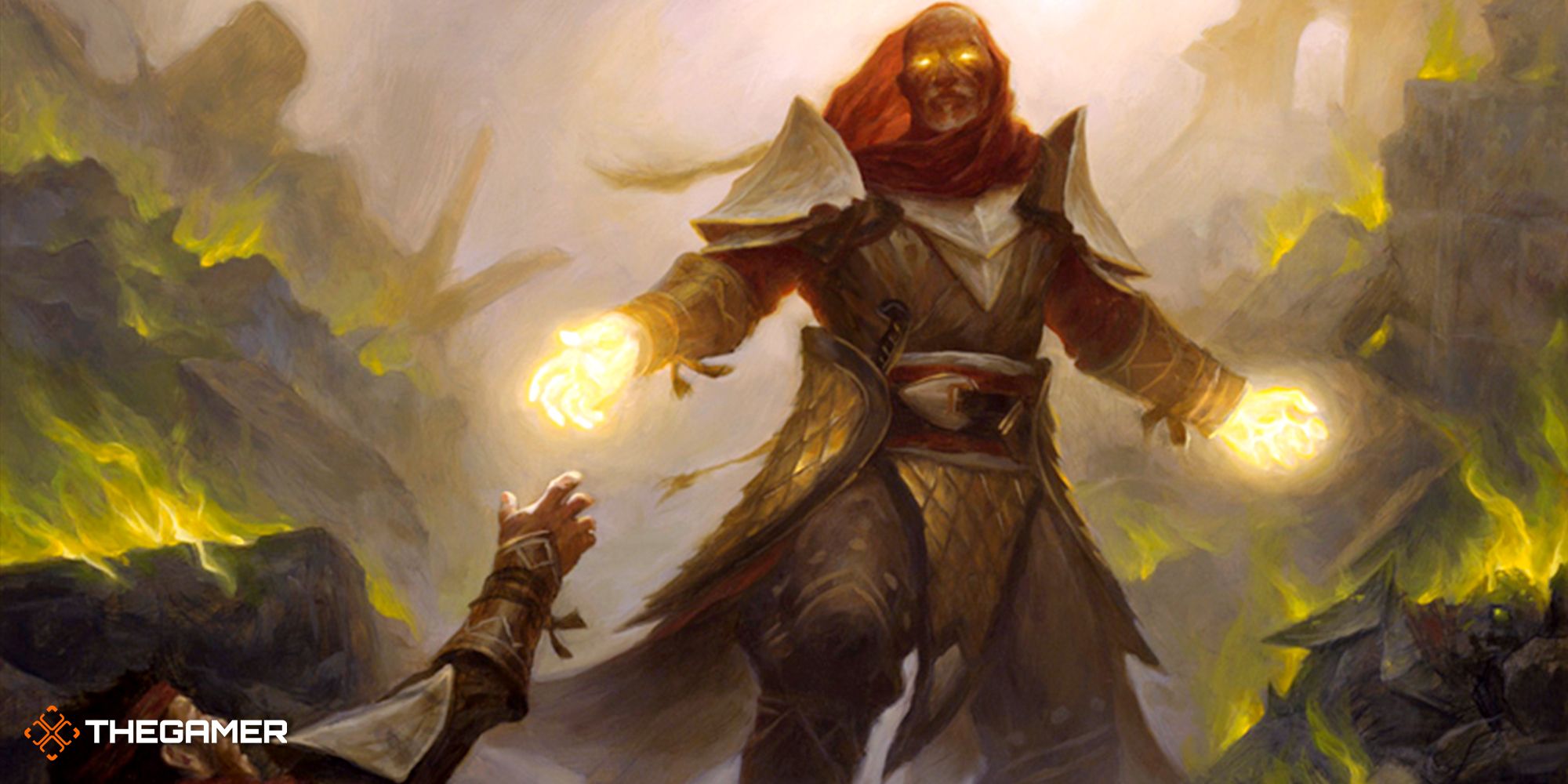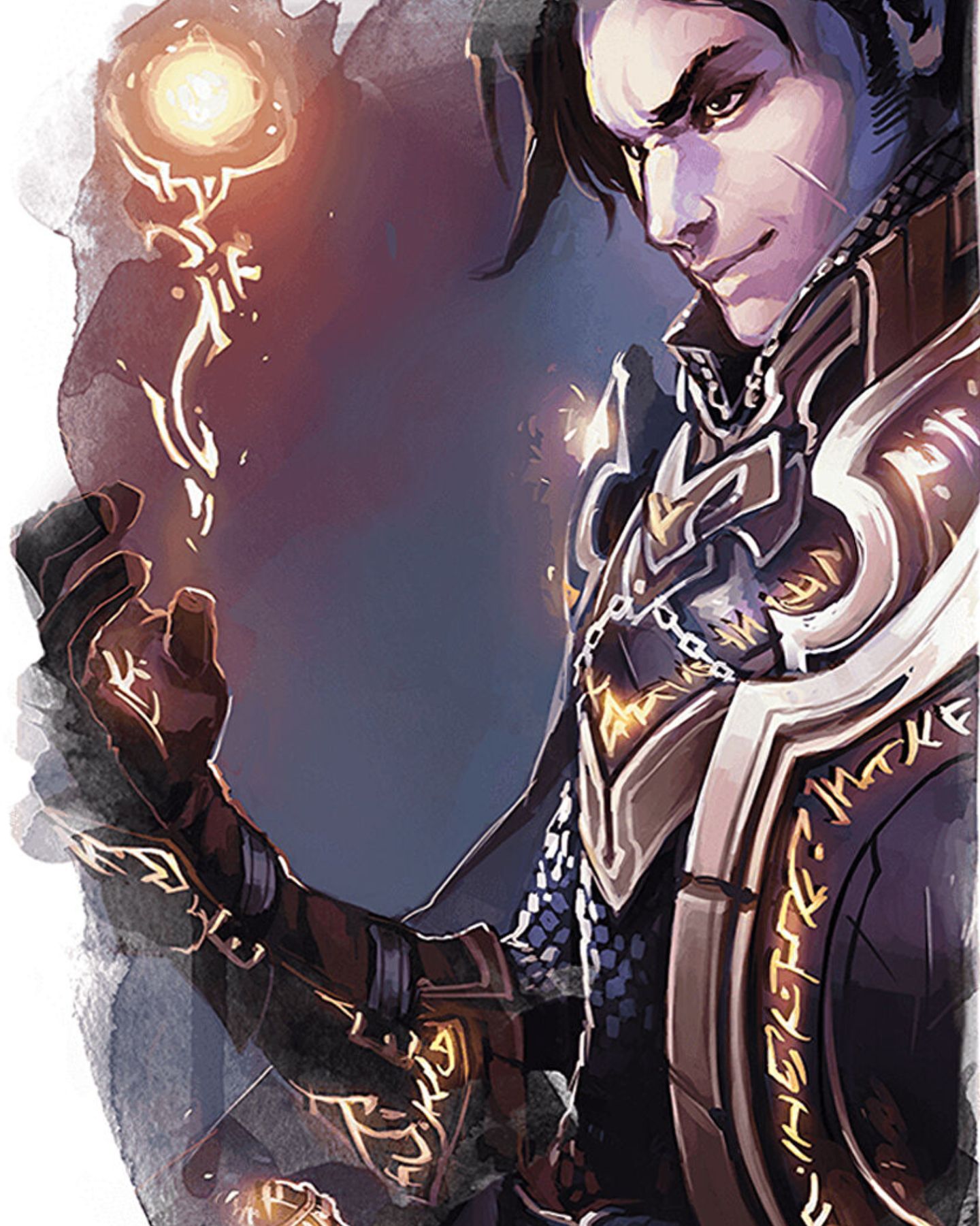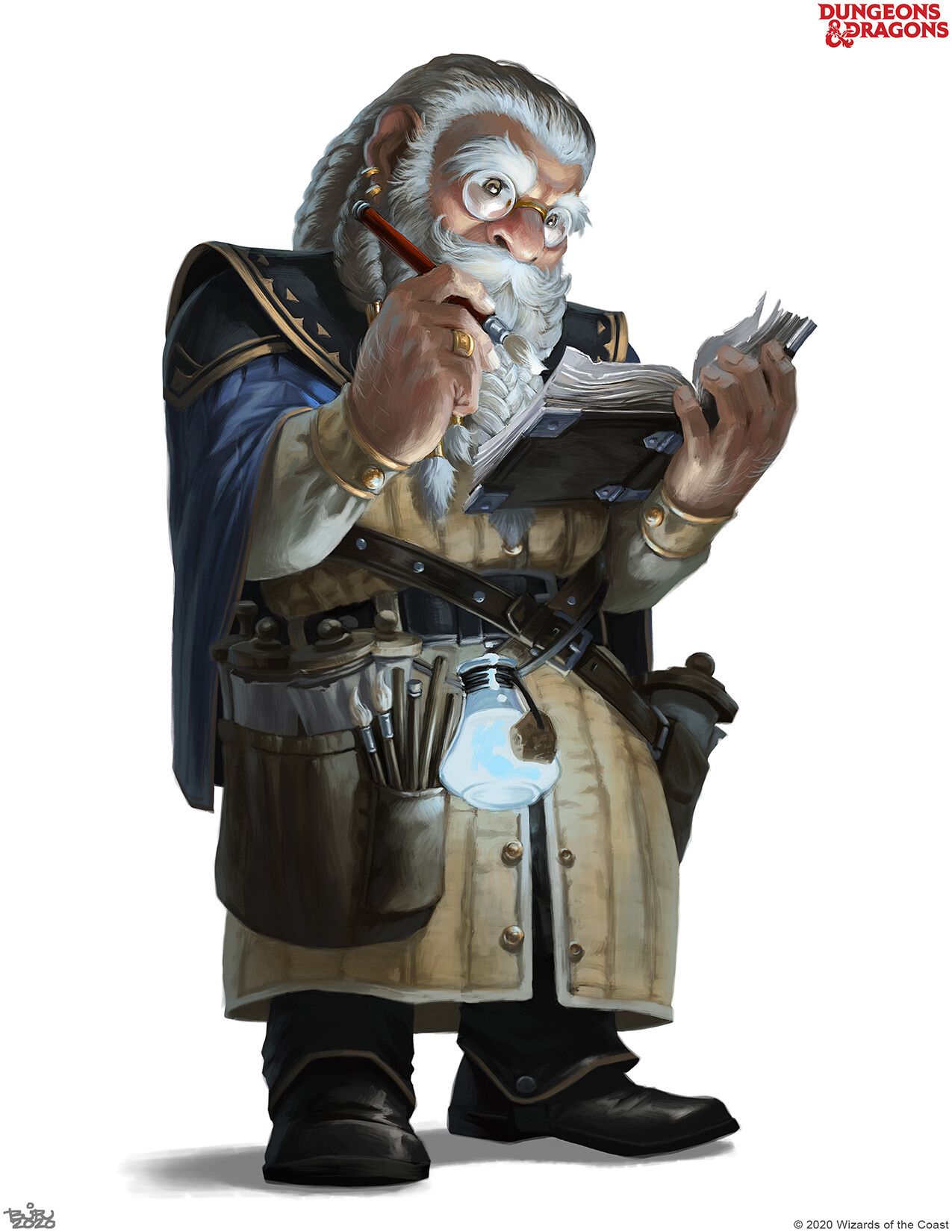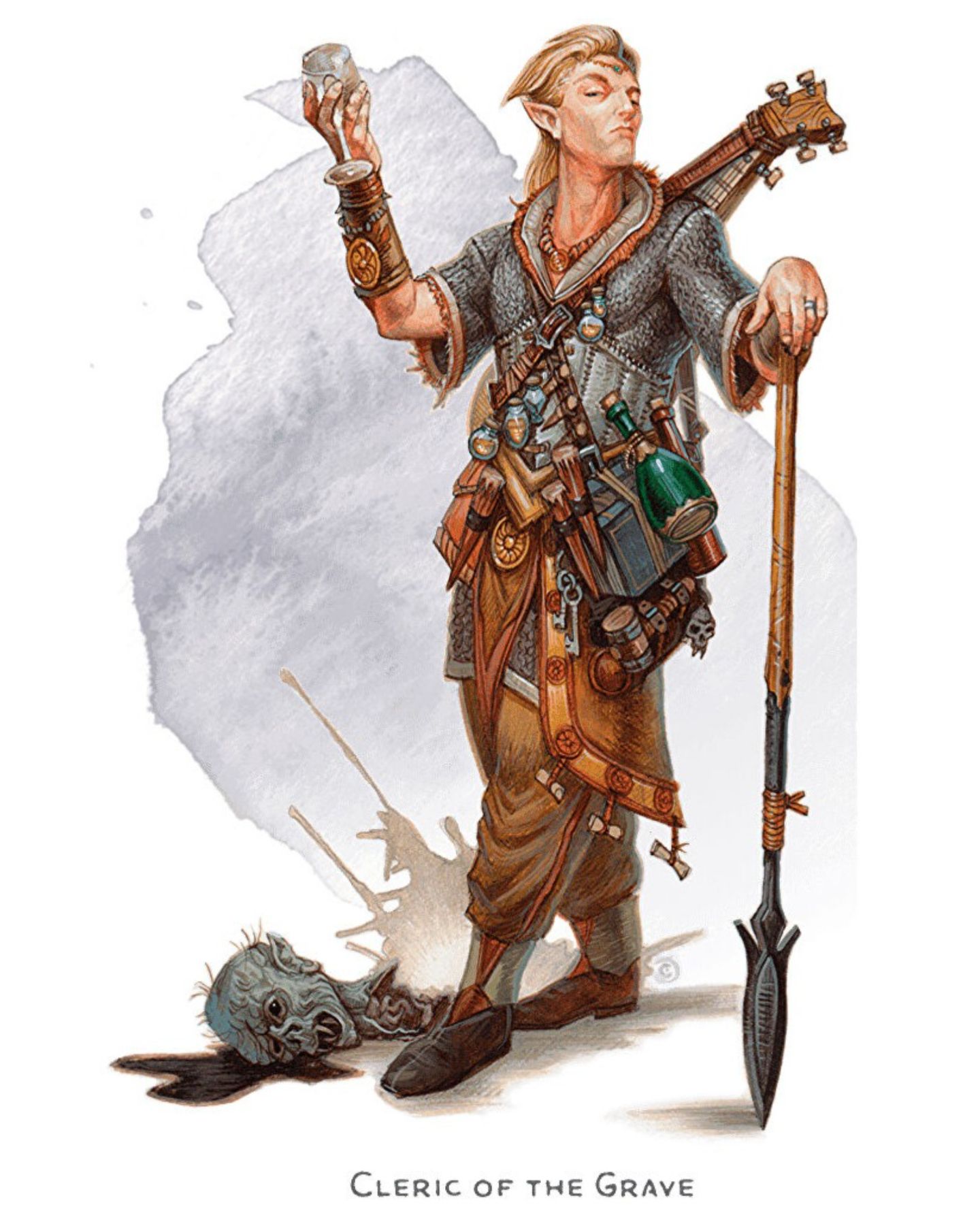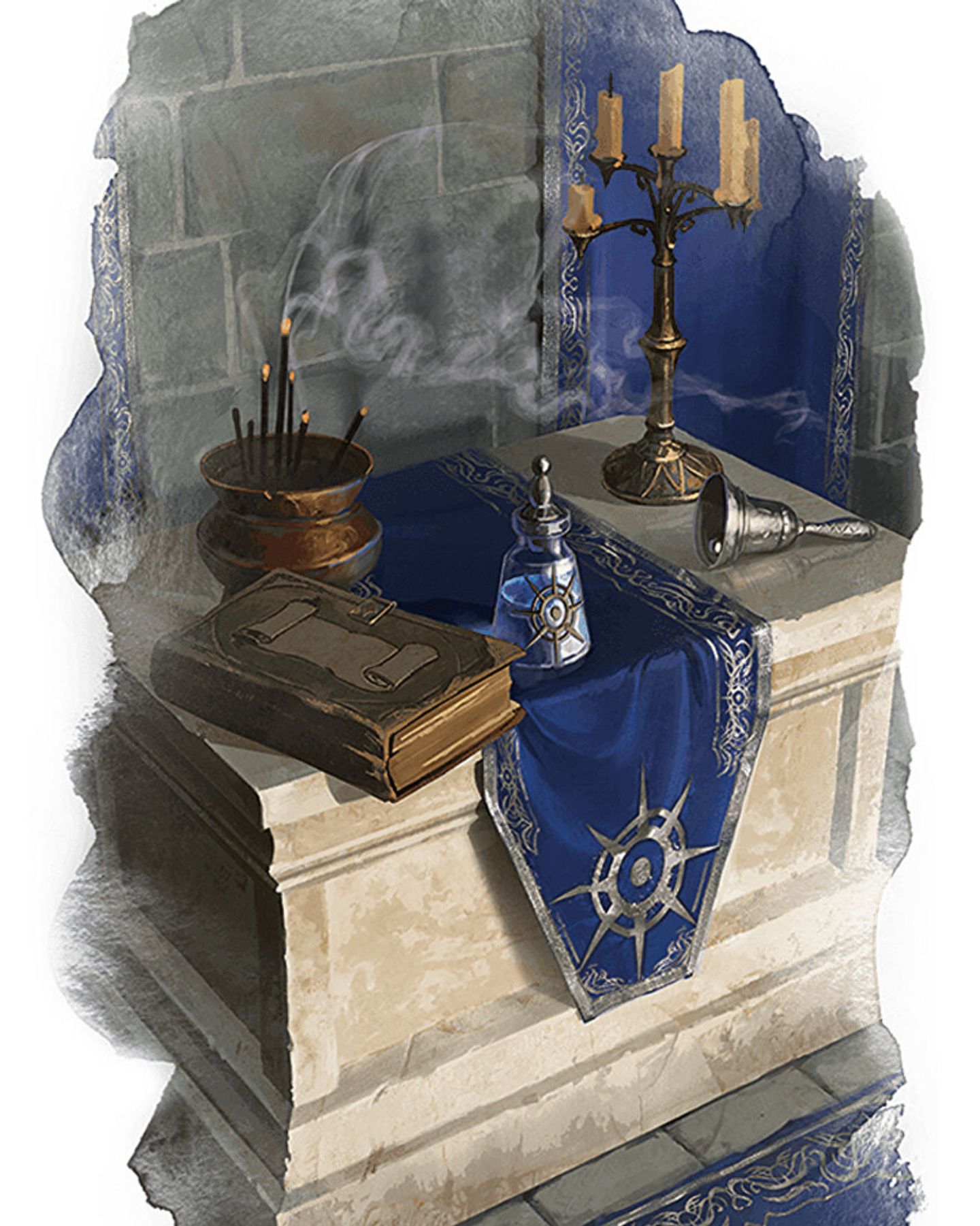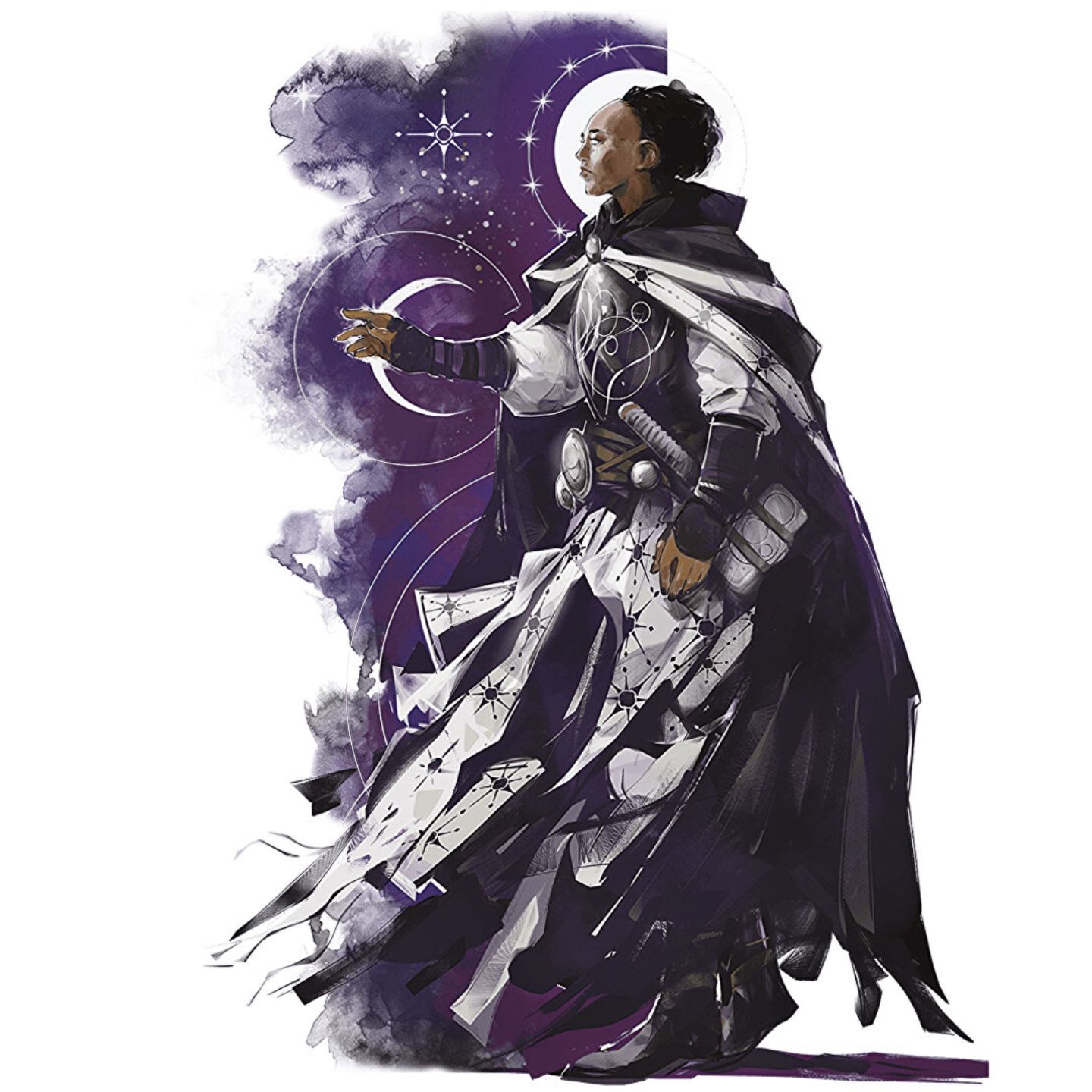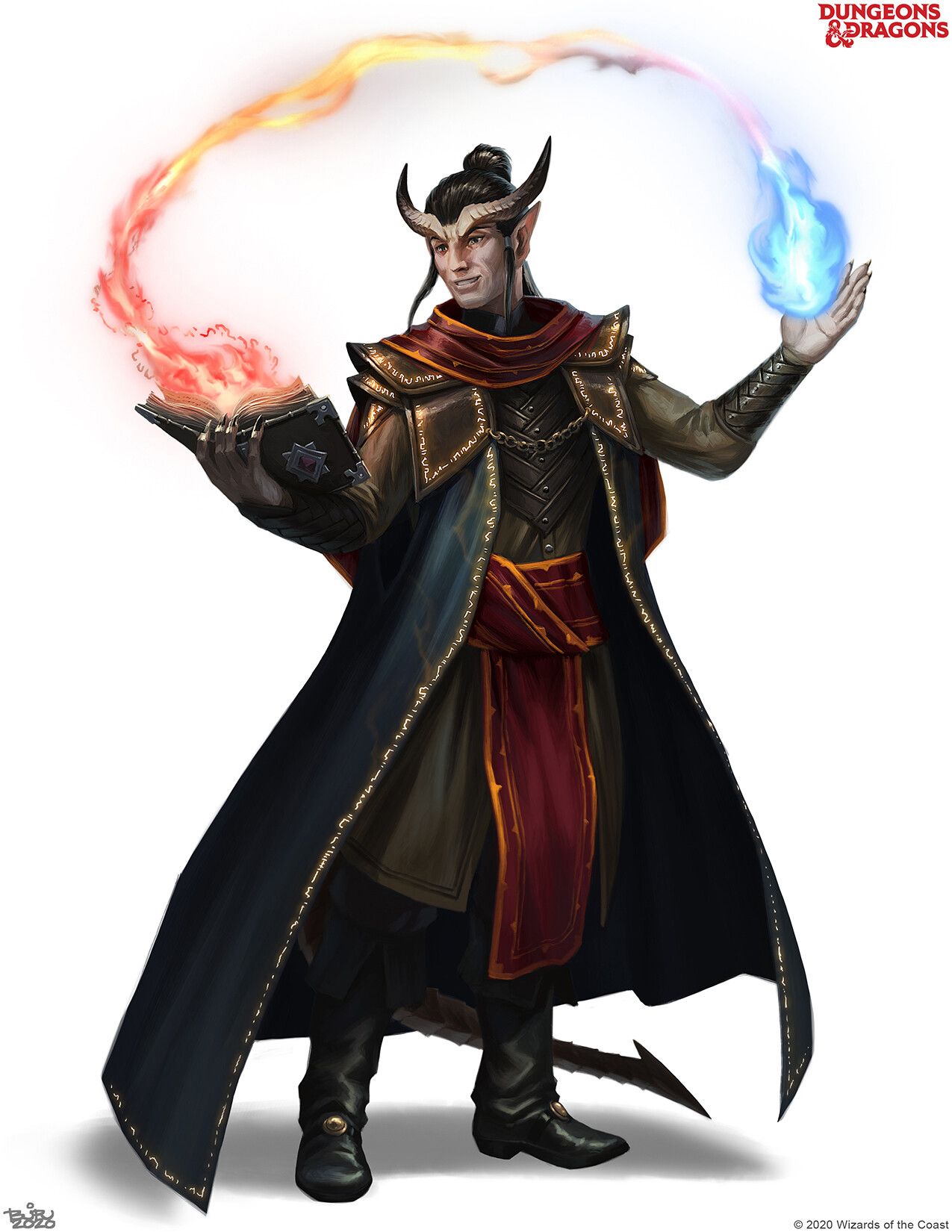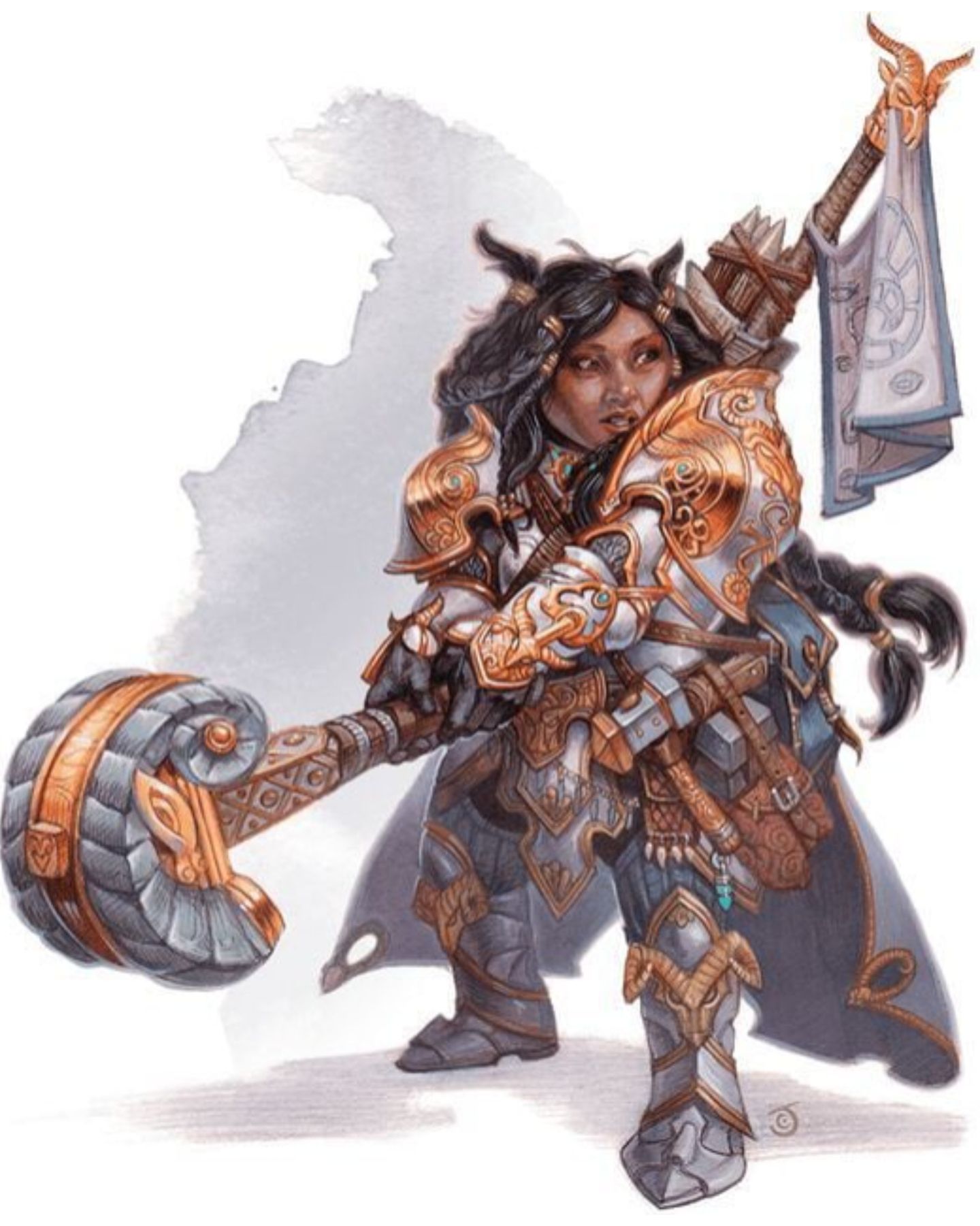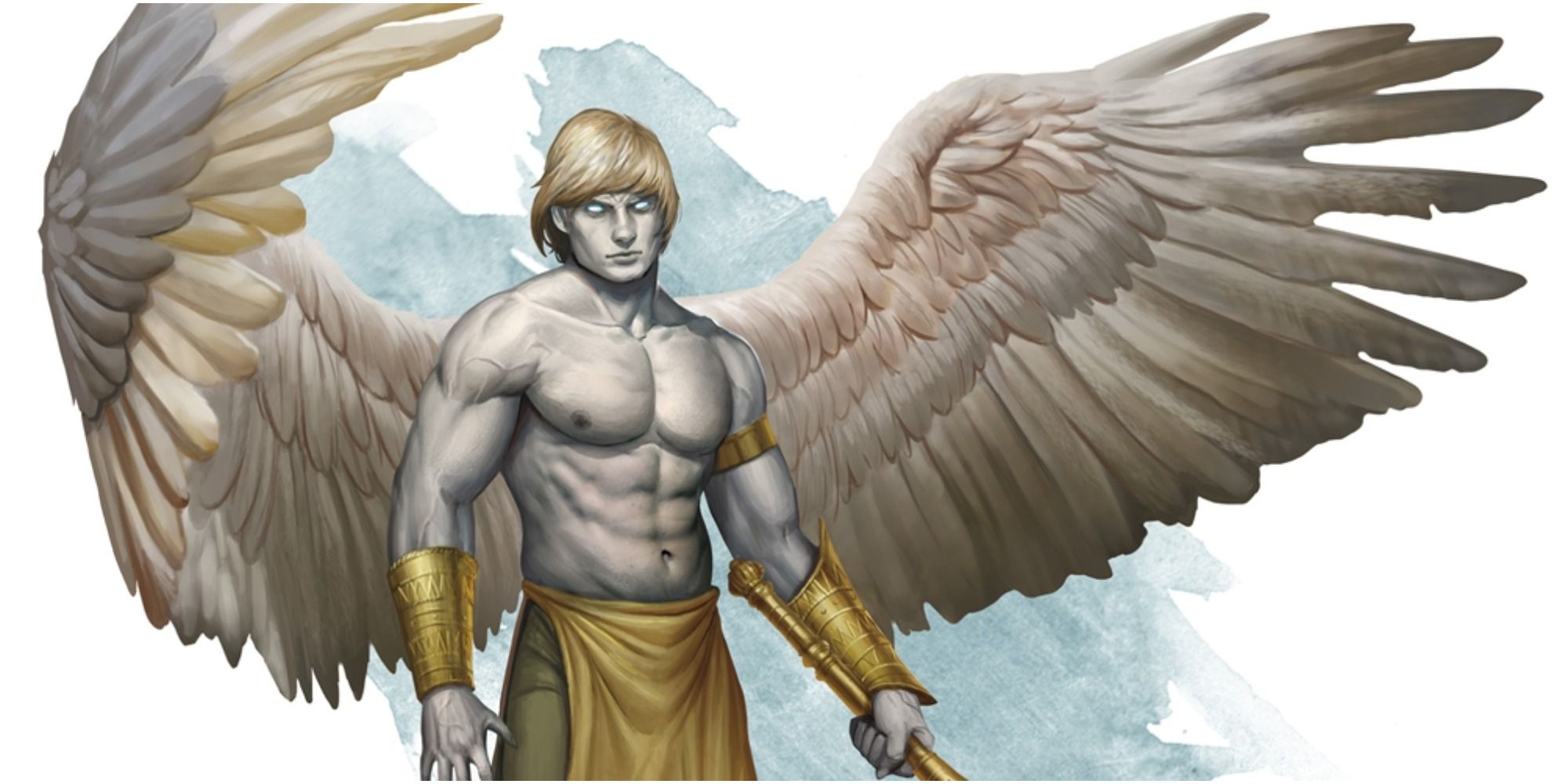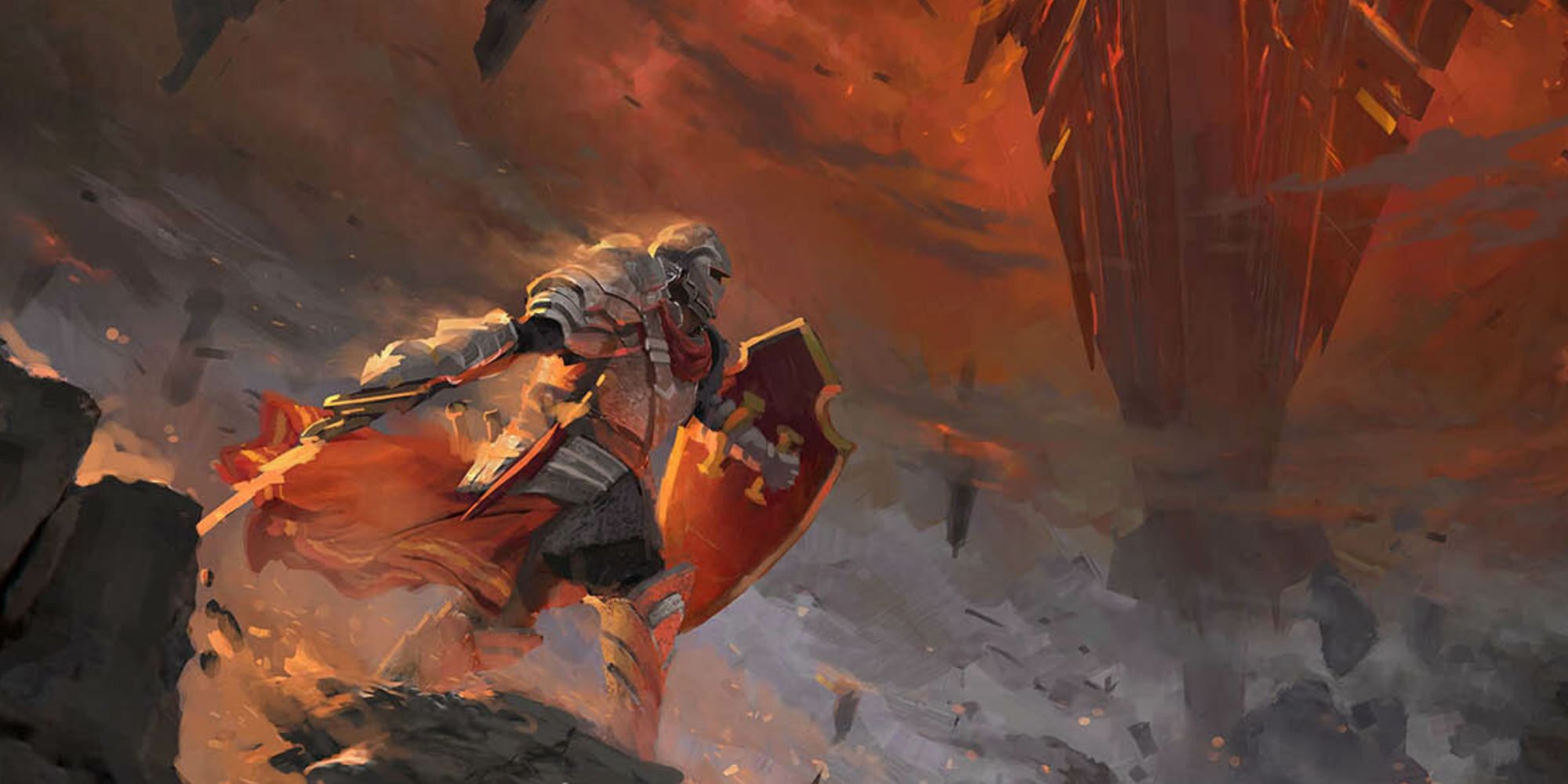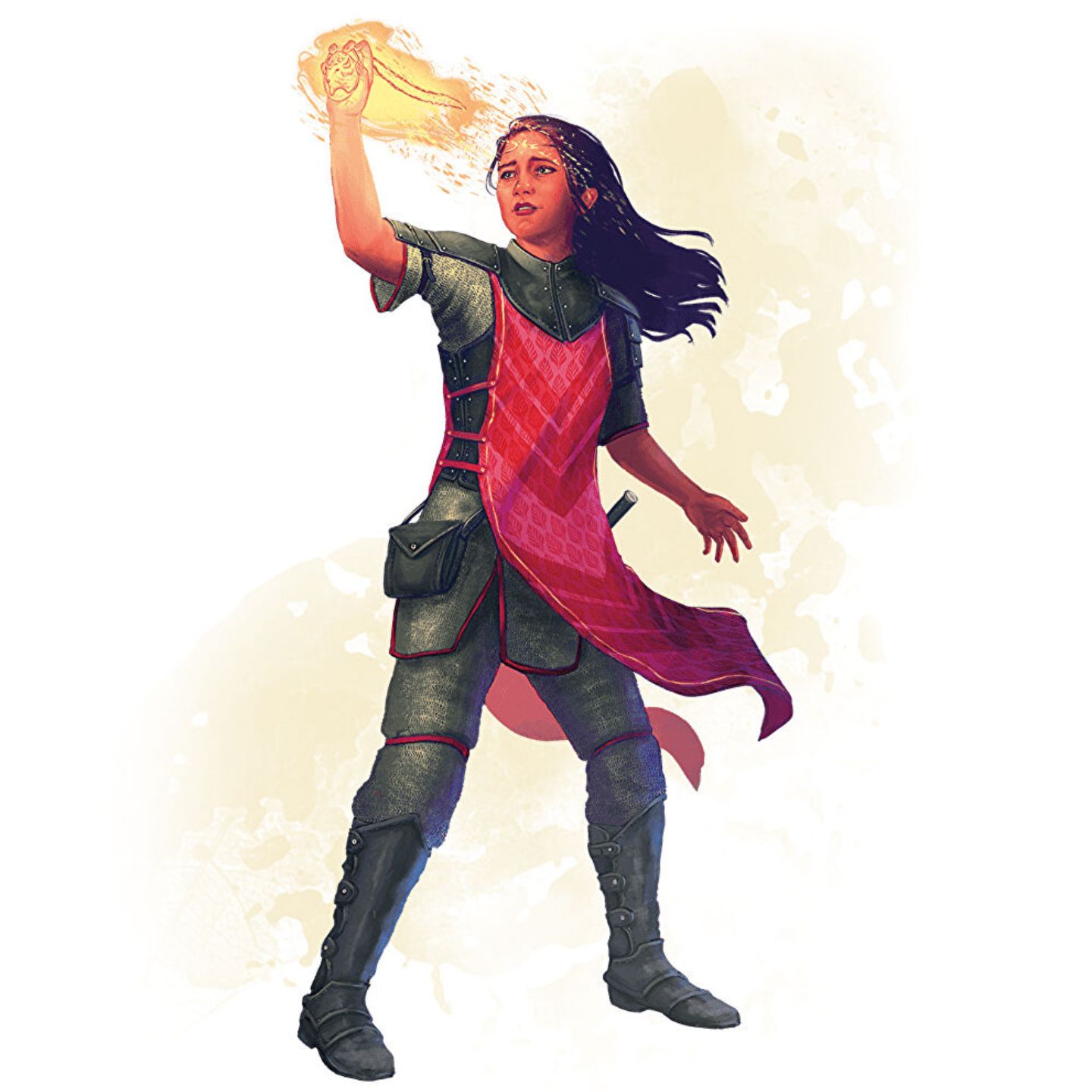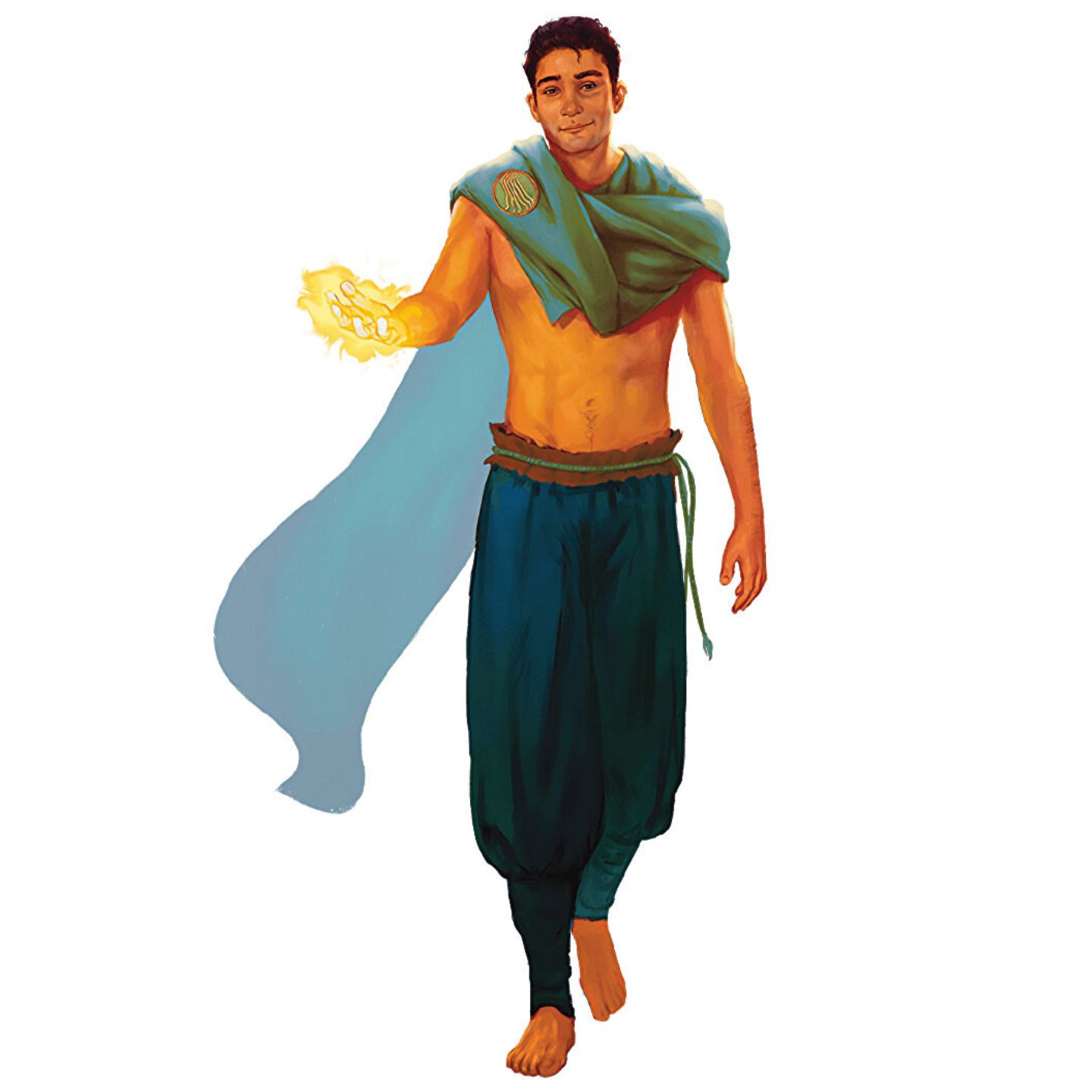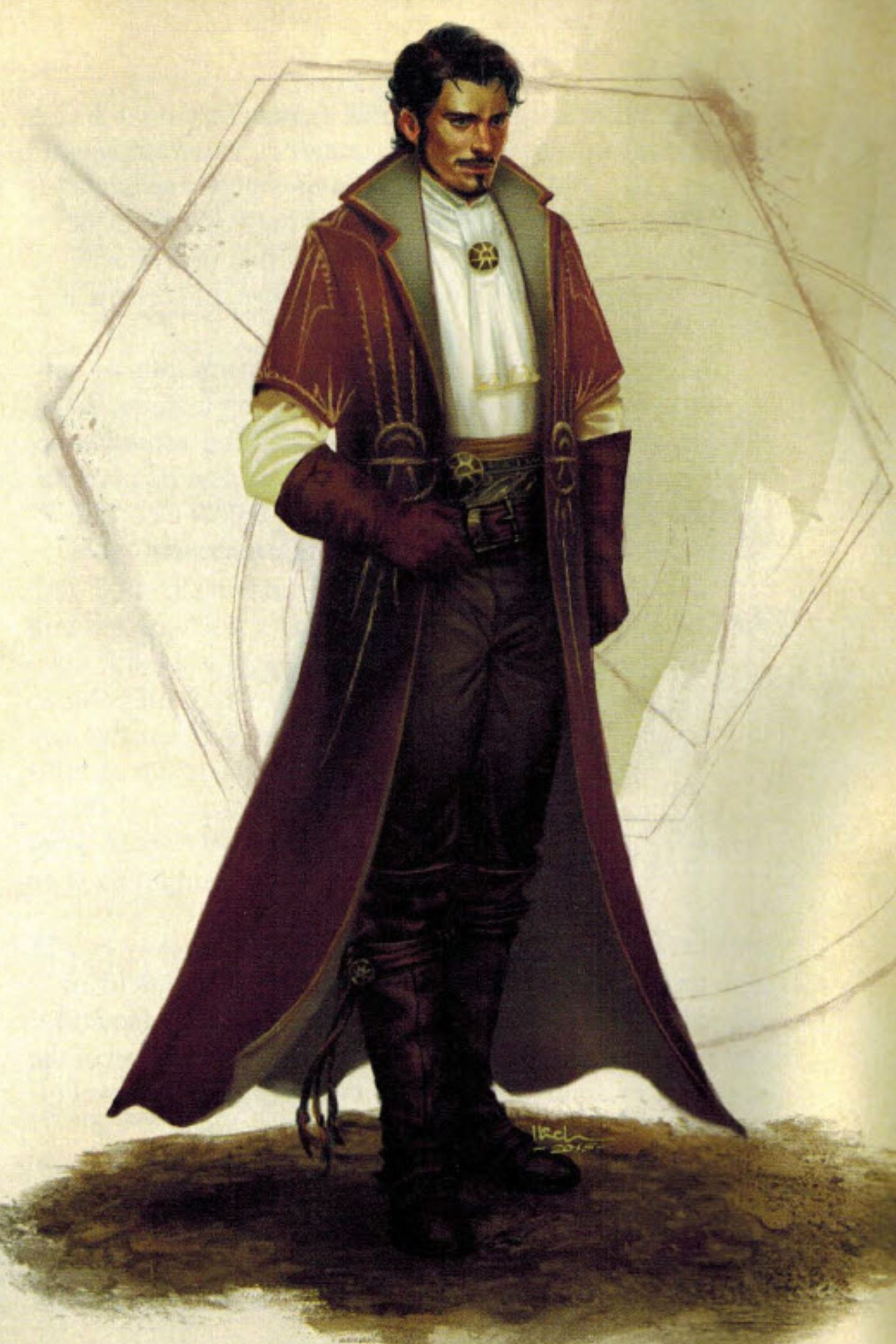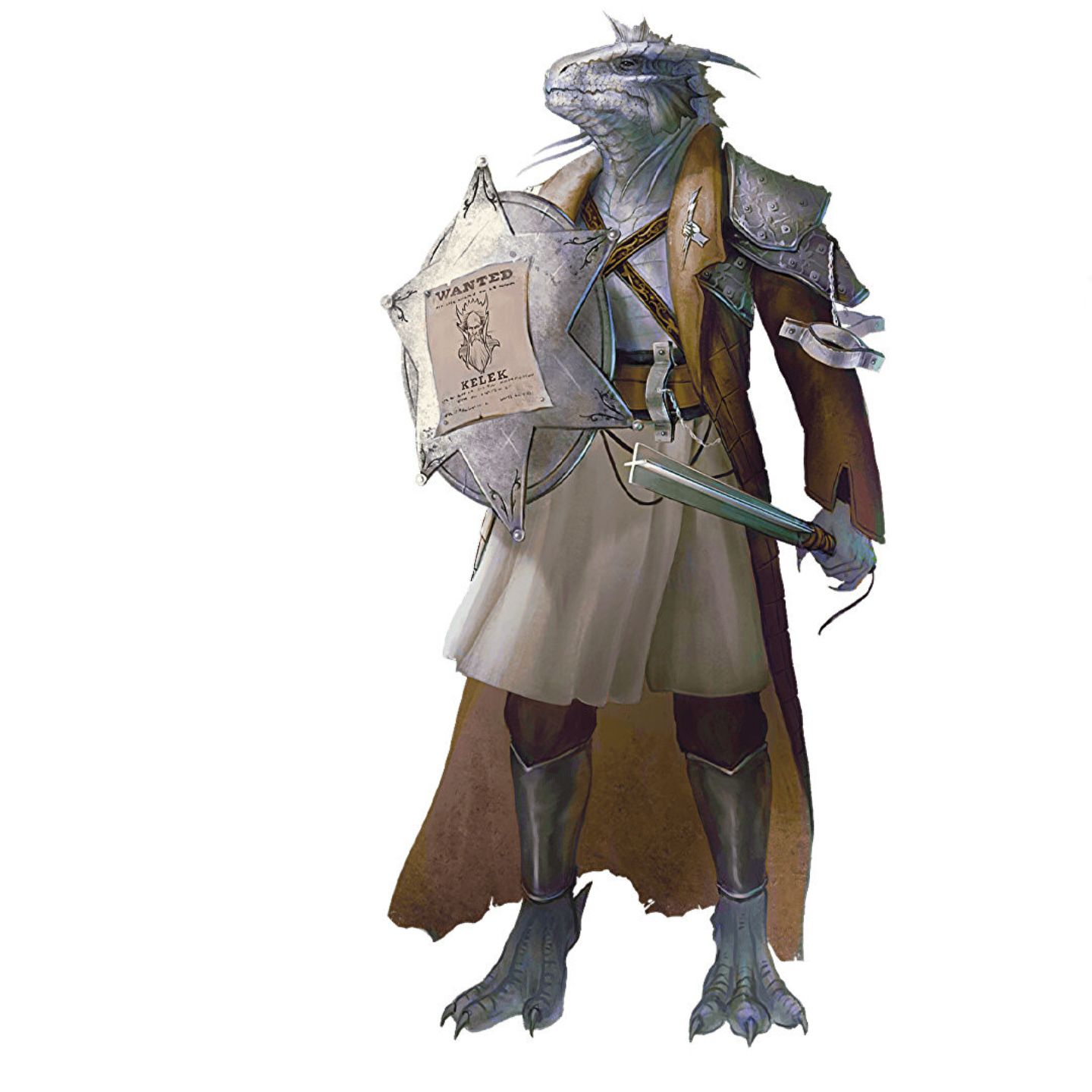Quick Links
Clerics are stereotyped as healers in Dungeons & Dragons, and often they don't get a chance to be anything more. In practice, though, Clerics can do all sorts of things outside simple healing. In fact, they're one of the game's most versatile classes.
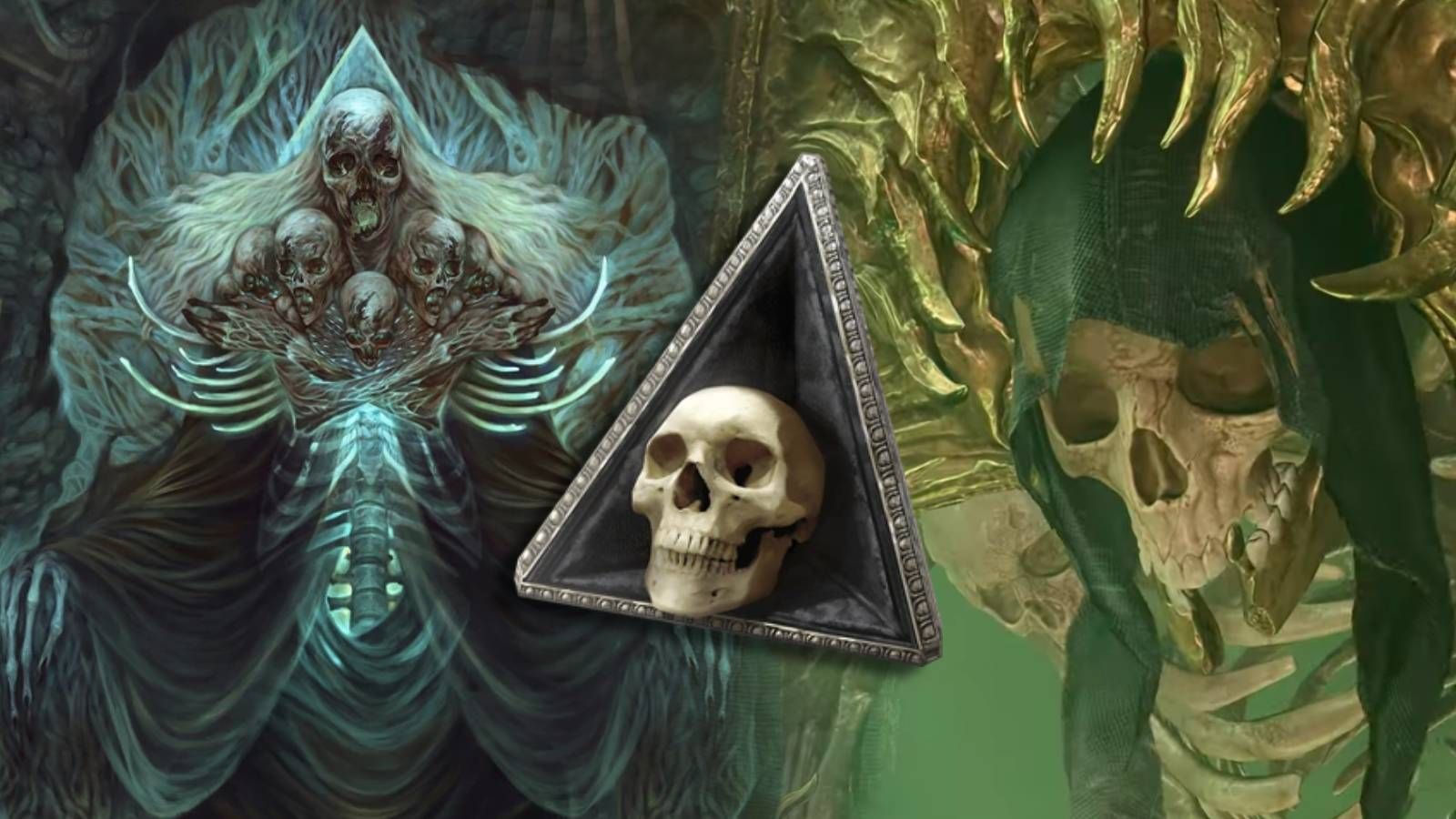
Dungeons & Dragons: Who Is Myrkul?
Dungeons & Dragon's Myrkul has had lots of names: Mykul Bey al-Kursi, The Lord of Bones, The Reaper. But who is this god of death?Clerics work great as a multi-class option that takes on damage and defense in addition to having access to some handy spells. The Cleric's Domain is what actually determines their role in the party, and although every version of the Cleric has access to healing spells, they are by no means limited to that role.
Updated October 10, 2023, by Sean Murray: If you're looking for the best cleric subclasses in 5e, we've got you covered. We've also refreshed this guide to be a little shorter and have better formatting for greater readability.
Nature Domain
|
Nature Domain |
|
|---|---|
|
Source |
D&D Player's Handbook |
|
Main Benefit |
Access to some cantrips normally reserved for Wizards |
|
Signature Spell |
Acolyte of Nature |
|
Ideal Feats |
War Caster, Resilient |
The Nature Domain isn’t bad. It’s just a Cleric instead of a Druid. It’s very much like a Druid in that you get the class spells and the ability to control plants and animals, but it is still a Cleric subclass.
Since Druids and Clerics have very similar roles as semi-tanky casters, the only reason to pick the nature domain would be if you want to roleplay a Cleric or your party needs a dedicated healer. But if you just need a healer, there's always Circle of Dreams druid.
The Feats War Caster and Resilient will keep you casting when the battle is at its height, an essential tool for healers. Granting resistance to certain damage types is nice, but there are better options. For instance, being able to shapeshift.
Knowledge Domain
|
Knowledge Domain |
|
|---|---|
|
Source |
D&D Player's Handbook |
|
Main Benefit |
Access to some divination spells. |
|
Signature Spell |
Arcane Eye, a seventh-level divination spell. |
|
Ideal Feats |
Inspiring Leader, Actor |
The Knowledge Domain is great for clerics who want to provide more utility than combat usefulness. This subclass gives you a lot of useful abilities, including more languages, temporary experience in skills and tools, the ability to read minds, and the ability to see through time.
Since this subclass eventually adds their Wisdom modifier to their cantrip damage, Knowledge Domain clerics can forego weapons entirely to be pure spellcasters.
This is a very good subclass for roleplaying, allowing you the skills and abilities to further the plot and contribute outside of combat to a campaign.
This class should be ranked higher if your DM is running any sort of intrigue or social campaign, and with Feats like Actor and Inspiring Leader, the cleric can also be the party face if their Charisma score holds up. That all depends on your own individual idea for the cleric's build.
Grave Domain
|
Grave Domain |
|
|---|---|
|
Source |
Xanathar's Guide to Everything |
|
Main Benefit |
Stealing health and sparing allies from death |
|
Signature Spell |
Channel Divinity: Path to the Grave |
|
Ideal Feats |
Spell Sniper |
The Grave Domain is about the transfer of vitality and eradicating the undead. While you get spare the dying for free as a cantrip, your next couple of features are all about sensing undead and stealing vitality after death. Nothing too beneficial as far as your place in the party.
Path to the Grave is a neat Channel Divinity skill, allowing you to impose vulnerability for a specific type of attack. There isn't much in the way of unique or must-have features, and what you do get is limited.
Your Channel Divinity ability lets you make an opponent vulnerable to the damage of the next attack, and only that attack. It's useful at higher levels when you can maximize the damage of high-level spells.
At low levels, it might be better for you to just make an attack yourself than try to rely on your Channel Divinity. The ability to eliminate critical hits is good, but there are better tanking abilities in other subclasses that can be done more than once per rest.
Death Domain
|
Death Domain |
|
|---|---|
|
Source |
Dungeon Master's Guide |
|
Main Benefit |
Bonus Necrotic damage and targeting multiple enemies |
|
Signature Spell |
Ray of Sickness |
|
Ideal Feats |
War Caster |
The Death Domain is a cleric subclass with a necromancy flavor that focuses much more on damage output than healing. You won't find any healing bonuses in this subclass, as it's all about death and negative energy.
That doesn't mean it isn't useful. This domain has a spell list you won't find in any other subclass, with spells such as Ray of Sickness, Animate Dead, and Cloudkill.
The most useful ability, though, is targeting two creatures with necrotic spells and cantrips and dealing extra necrotic damage.
Similar to a sorcerer's twinned spell, you'll be able to hit multiple targets with one spell. If you're into dealing extra necrotic damage to multiple targets and increased weapon attack damage but couldn't care less about actually healing, it's a class that's worth a shot. Just be sure you don't go against something resistant to necrotic damage, or you'll become a less effective cleric.
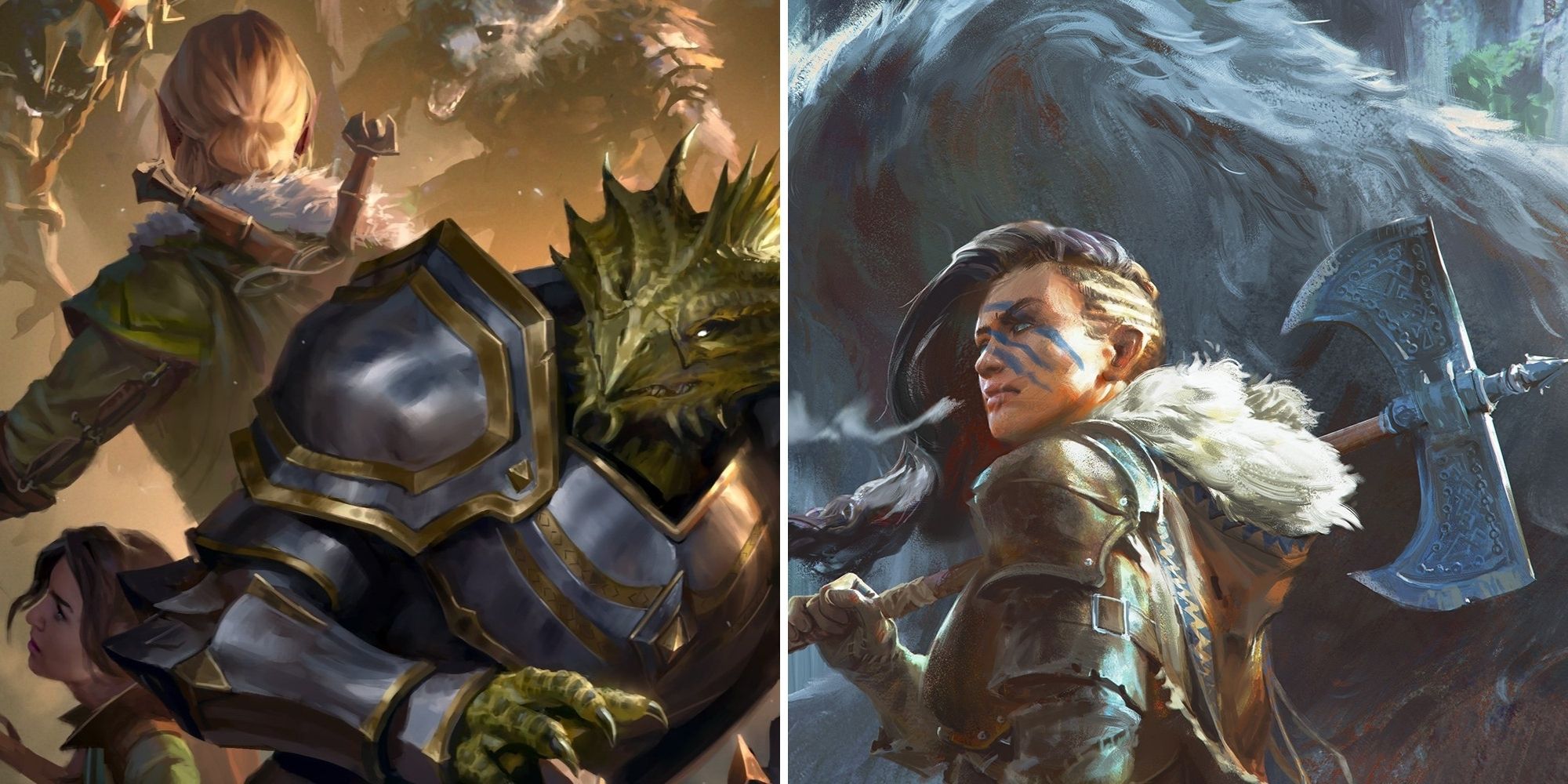
Dungeons & Dragons: How To Build A Path Of The Juggernaut Barbarian
This subclass is great for battlefield control.Twilight Domain
|
Twilight Domain |
|
|---|---|
|
Source |
Tasha's Cauldron of Everything |
|
Main Benefit |
Support for visibility, cover, and extra damage |
|
Signature Spell |
Channel Divinity: Twilight Sanctuary |
|
Ideal Feats |
Magic Initiate, Spell Sniper |
The Twilight Domain is difficult to suggest because it's so situational. This class is mechanically all about visibility, with spells such as faerie fire, see invisibility, and greater invisibility in its domain spell list.
Being able to share Darkvision for up to 300 feet sounds nice until you realize that almost every other person in the party has Darkvision of some sort. If they don't, some spells can grant them Darkvision.
It eventually does give extra healing with its Channel Divinity feature. It also offers half cover in a sphere, can deal extra radiant damage, and will grant you flight, but only in dim light or darkness. If you need what it does, it'll do it perfectly, but outside of those niche situations, you can find spells that do exactly what it does.
Trickery Domain
|
Trickery Domain |
|
|---|---|
|
Source |
D&D Player's Handbook |
|
Main Benefit |
The ability to cast spells like Disguise Self and Charm Person |
|
Signature Spell |
Blessing of the Trickster |
|
Ideal Feats |
Actor, Observant |
This subclass is another one that is good for non-combat clerics but that will have more universally useful effects than the Knowledge Domain. There’s some overlap in class purpose with the Rogue class, but the Trickery Domain has enough unique abilities that it keeps it fresh.
Clerics of this domain also use some spells from the Illusion and Enchantment schools, can turn invisible, create illusory clones, and you get a bunch of fun spells with plenty of utility. It’s not really what you expect from a cleric subclass, but it’s certainly enjoyable.
Forge Domain
|
Forge Domain |
|
|---|---|
|
Source |
Xanathar's Guide to Everything |
|
Main Benefit |
An even mix of tanking abilities and damage output in the form of Paladin and Wizard spells. |
|
Signature Spell |
Blessing of the Forge |
|
Ideal Feats |
Great Weapon Master |
This Cleric subclass has the potential to be fun if your DM is cooperative. The Forge Domain has a great advantage in that it includes boosts to your armor class and resistance (and eventually immunity) to fire damage, a very common damage type.
You can also turn any regular weapon or armor into a +1 weapon or +1 armor, which is very good at lower levels, although less so at high levels when you should reasonably have magic weapons and armor already.
If your DM is the type to let you use spells creatively, then the Fabricate and Creation spells as well as your Channel Divinity ability will have dozens of uses in creating all sorts of objects. You might want to invest in a cart for all the scrap metal you'll be carrying around, though.
Life Domain
|
Life Domain |
|
|---|---|
|
Source |
D&D Player's Handbook |
|
Main Benefit |
One of the strongest healing options currently available |
|
Signature Spell |
Channel Divinity |
|
Ideal Feats |
Resilience, War Caster |
The reason this cleric subclass is ranked so high is that it is incredibly useful. The reason it’s ranked a bit lower is that it is incredibly boring. It lets you heal very well, and that’s mostly it. You get one ability at level eight that lets you do extra radiant damage on attacks, but that seems like a consolation prize more than anything.
If you're looking for the best healer, you should go with the Life Domain, as that is its primary function, with bonuses to your healing throughout the subclass.
This class can be very useful if you have a party that runs headfirst into danger or if your party stuck you as the only healer - but usually, you can find better player dynamics instead of just being relegated to being a heal-bot.

Martial Vs. Spellcasting: Which D&D Classes Are Better?
Is it better to punch with your fists, or with your mind?Tempest Domain
|
Tempest Domain |
|
|---|---|
|
Source |
D&D Player's Handbook |
|
Main Benefit |
Durable and equally capable of dealing ample damage. |
|
Signature Spell |
Channel Divinity: Destructive Wrath |
|
Ideal Feats |
Spell Sniper, War Caster |
The Tempest Domain is just a solid subclass. It’s arguably not as much of a benefit to your party as the Life Domain, but it is way more fun. The fact that you have plenty of opportunities to deal thunder and lightning damage, along with abilities that trigger when you deal thunder and lightning damage, makes this a very efficient, if one-note, domain.
This subclass lets you do a lot of damage and knock your opponents around while not sacrificing your ability to tank a little. Plus, the fact that you get the ability to fly at high levels is just icing on the cake.
The crowd control, flight, and extra elemental damage will make this cleric one who can deal substantial damage alongside other party members while having the ability to maneuver and escape if necessary, pushing enemies away or flying out of range as needed.
Light Domain
|
Light Domain |
|
|---|---|
|
Source |
D&D Player's Handbook |
|
Main Benefit |
Crowd control and AoE spell options are similar to a Wizard's. |
|
Signature Spell |
Warding Flare |
|
Ideal Feats |
Observant, Resilient |
This is a cleric that can cast Fireball. Now, you might be asking why not play a Wizard if you want to cast Fireball? Well, here’s the thing: a cleric can cast Fireball and not be killed immediately the first time they get hit. Not that you’re likely to get hit anyway since you can blind your enemies when they try to attack you.
Don’t worry about your team, either. Early on, you’ll be able to blind enemies when they attack your allies too. Essentially, it’s a subclass that combines the traditional cleric tanking role and, again, the ability to launch a fireball at your enemies.
Peace Domain
|
Peace Domain |
|
|---|---|
|
Source |
Tasha's Cauldron of Everything |
|
Main Benefit |
Multiple options for healing more than one ally at a time |
|
Signature Spell |
Channel Divinity: Balm of Peace |
|
Ideal Feats |
Magic Initiate |
While not the strongest healer, the Peace Domain offers several great options for healing allies, including its most powerful ability, Channel Divinity: Balm of Peace. Balm of Peace allows you to restore hit points to as many allies as you can reach with your movement speed without provoking opportunity attacks.
Balm of Peace is one of the few ways to heal multiple allies without expending higher-level spell slots, and it heals more than your standard Cure Wounds spell.
Along with this ability, you can create a bond with a number of allies, providing benefits such as adding a d4 to rolls, teleporting, and damage resistance. The Peace Domain is more than just healing, as it provides several abilities to get out of trouble.
It's not as potent as the Life Domain, but it's much more active and fun to play. If there's damage coming your way, you can use your bond or teleport out entirely.
Arcana Domain
|
Arcana Domain |
|
|---|---|
|
Source: |
Sword Coast Adventurers Guide |
|
Main Benefit |
Access to some cantrips normally reserved for Wizards. |
|
Signature Spell |
Arcane Initiate |
|
Ideal Feats |
Resilient |
Wisdom has to be your highest attribute score to be a cleric, and it's also the minimum required to multi-class a character, so if you have a cleric and wizard multiclass in mind, it's a good idea for a build. If you're the kind of player that would prefer to customize your character without multiclassing but you want access to Wizard spells, Arcana is the perfect Domain to choose.
Arcane Initiate is part of this cleric's core abilities. This ability gives you one free skill and two additional cantrips, so you can modify your personal spellbook even more. The Resilient feat helps this class hold their concentration and keep casting even in the thick of battle.
Order Domain
|
Order Domain |
|
|---|---|
|
Source |
Tasha's Cauldron of Everything |
|
Main Benefit |
Crowd control, ally support, and extra damage dealing. |
|
Signature Spell |
Dominate Person |
|
Ideal Feats |
War Caster, Inspiring Leader |
With its proficiency in heavy armor, the Intimidation skill, and the ability to allow allies to attack as a reaction, the Order Domain is the ultimate support class with utility, survivability, damage, and ally support. While not as powerful as the War Domain, it's a close second.
The highlights of this Domain include cursing your enemies and allowing you and your allies to deal extra psychic damage that turn on top of the extra psychic damage you get from Divine Strike.
There's also turning a spell that takes one action into a bonus action, charming multiple enemies and giving free attacks to allies.
You're a cleric meant to be in the middle of the action, with enough resources to help control the area, boost your friends, and empower your spells and attacks. If you like the combination of melee attacks, spells, and crowd control while taking over as the leader of the pack, then this subclass is for you. There's literally no downside to picking up the Order Domain.
War Domain
|
War Domain |
|
|---|---|
|
Source |
D&D Player's Handbook |
|
Main Benefit |
Focuses on martial prowess and grants the use of some Paladin spells |
|
Signature Spell |
Channel Divinity: War God's Blessing |
|
Ideal Feats |
Alert, Inspiring Leader |
Why would you ever play a Paladin when you can be a cleric of the War Domain subclass? Between proficiencies in martial weapons and heavy armor, and the ability to be a full caster and a full healer, the War Domain cleric is truly the superior holy knight.
You get extra attacks, extra damage, and the ability to increase an attack roll by you or your ally by 10. If you want to be a powerful warrior while not sacrificing any of your spellcasting abilities, the War Domain might be for you.

